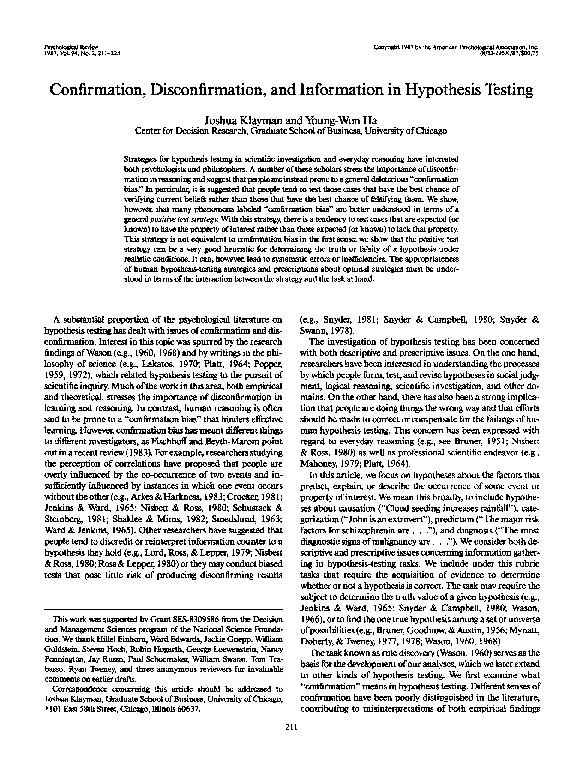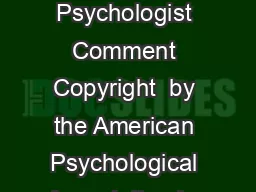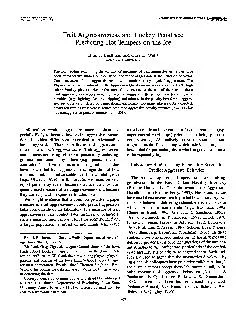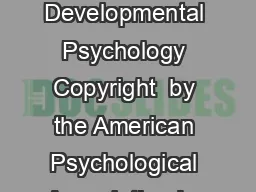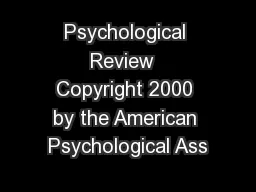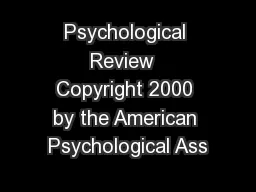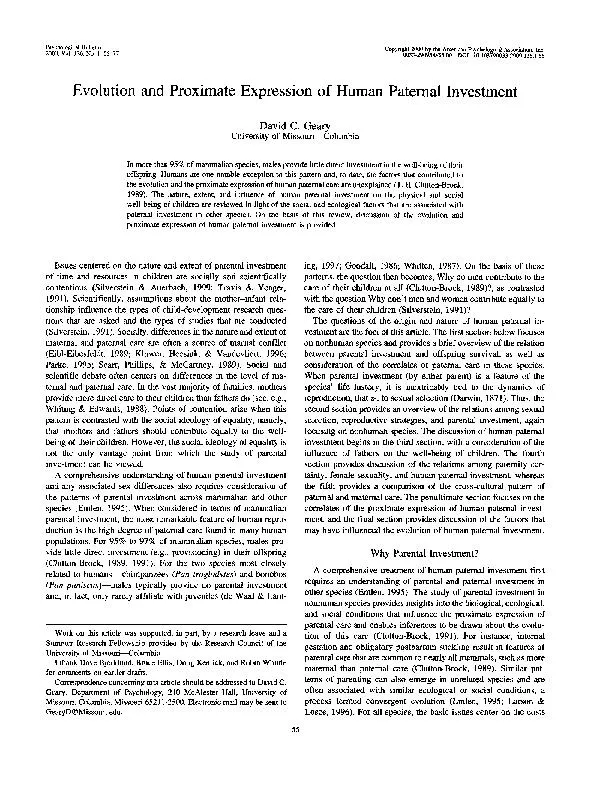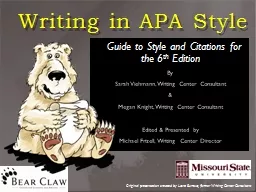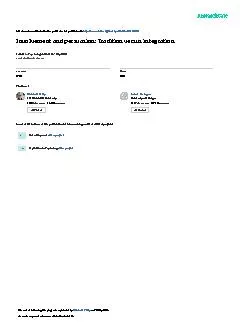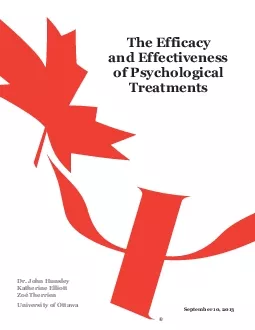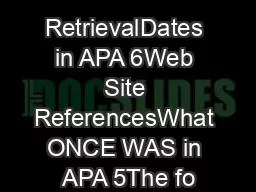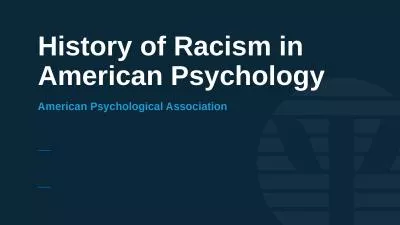PDF-Review Copyright 1987 by the American Psychological Association, Inc.
Author : olivia-moreira | Published Date : 2016-05-06
Disconfirmation and Information in Hypothesis Testing Klayman and YoungWon Ha for Decision Research Graduate School of Business University of Chicago for hypothesis
Presentation Embed Code
Download Presentation
Download Presentation The PPT/PDF document "Review Copyright 1987 by the American Ps..." is the property of its rightful owner. Permission is granted to download and print the materials on this website for personal, non-commercial use only, and to display it on your personal computer provided you do not modify the materials and that you retain all copyright notices contained in the materials. By downloading content from our website, you accept the terms of this agreement.
Review Copyright 1987 by the American Psychological Association, Inc.: Transcript
Download Rules Of Document
"Review Copyright 1987 by the American Psychological Association, Inc."The content belongs to its owner. You may download and print it for personal use, without modification, and keep all copyright notices. By downloading, you agree to these terms.
Related Documents

